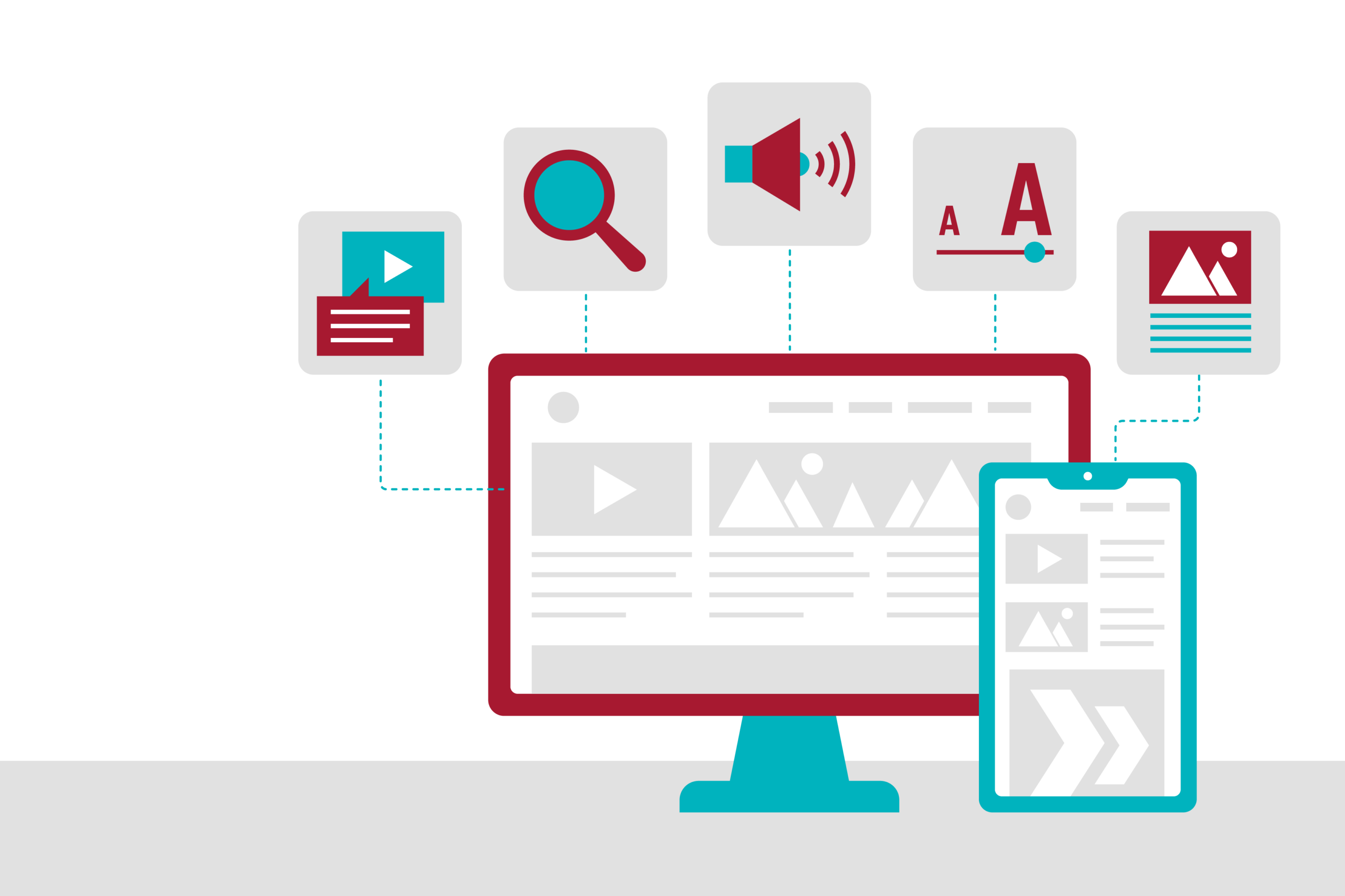All life science companies want their valuable products, services, and thought leadership to reach their target audience — but is it? New legislation out of the European Union is working to ensure that all people, regardless of ability, can find and interact with the public- and private-sector businesses they seek.
Initially proposed in 2015 and passed into law in 2019, the European Accessibility Act (EAA) required all EU member states to publish and adopt related laws, regulations, and processes resulting in compliance no later than June 28, 2022. More than a year into this adoption process, however, many companies based in the U.S. and elsewhere outside of Europe are just starting to realize that their websites may not be in compliance — which could result in fines or other legal action from EU officials.
While enforcement isn’t expected in earnest until mid-2025, the time is now to ensure your website meets not only the needs of target audience members with disabilities but also European law. In this blog, we’ll take a look at why accessibility matters, the impact of EAA on life science websites, and how to make sure you’re in compliance.
The EAA: A Quick Summary
The European Accessibility Act was created with the goal of making products and services more accessible to people with disabilities. It applies to both public- and private-sector websites, requiring that they meet certain accessibility standards. In short, the EAA makes online accessibility enforceable by law.
This act is particularly notable because it is the first time private-sector companies in Europe have faced accessibility legislation. Any company with more than 10 employees or annual revenue of more than 2 million euros will need to comply with the EAA by June 28, 2025, after which time enforcement can be expected. Noncompliance can lead to fines and other forms of legal action that can impact your reputation and business operations.
Why Accessibility Matters
According to the World Health Organization, more than 1 billion people worldwide live with some form of disability, with this number expected to increase over time. This means that potentially 15% of your target audience experiences disability, so it’s in your best interest to ensure it’s easier for them to connect with your offerings.
Committing to website accessibility isn’t just about avoiding penalties; it’s about creating a more positive user experience across the board for all website visitors. By having an accessible website, you’ll expand connection to both your current audience and future potential customers. Plus, prioritizing accessibility leads to a more positive brand image and reputation.
How Does EAA Impact Your Website?
The primary impact on your website is that you will need to meet certain specific accessibility requirements, including:
- Text alternatives for non-text content
- Captions for all audio and video content
- Audio descriptions of visual content
- Information that is accessible without reliance on specific sensory characteristics or components
- …and much more
You can review a complete list of requirements here (including many that are based on the previous WCAG rules, so websites that already meet WCAG 2.1 A/AA will be very close to — if not already — compliant).
Gated and downloadable content on your website will need to meet these requirements too. This includes images, electronic documents (i.e., PDFs), videos, embedded audio (including podcasts), and more. In addition, landing pages and electronic documents built in automation tools like HubSpot or Pardot also need to be in compliance with the new standards.
How Can You Ensure Your Website Is EAA Compliant?
Your website assessment begins with an audit. SCORR’s web development team, certified in accessibility requirements, can partner with you to ensure your website meets all standards. Once the website audit is complete and we’ve identified any problem areas, our team can then work quickly to remediate and resolve these issues in some cases.
In other cases, building a new accessible website may be more practical than adapting a current website to be compliant. This is especially true when adapting your current website to be in compliance will involve significant changes to the design, structure, and functionality to ensure accessibility.
External services that are public facing will need to be compliant as well. This includes landing pages built in HubSpot, Pardot, Marketo, and other marketing automation systems, some blogs, career portals, e-commerce portals, and other services that are usually hosted under a subdomain. Each subdomain may need to be audited separately.
You should also keep in mind that website accessibility is not a “set it and forget it” task. Ongoing regular audits are necessary to ensure that website accessibility is maintained as new content and website elements are added over time. SCORR recommends auditing your website every six months.
Ready to schedule a website audit and make sure your site is EAA compliant? The website development experts at SCORR are ready to help. Let’s get started!

